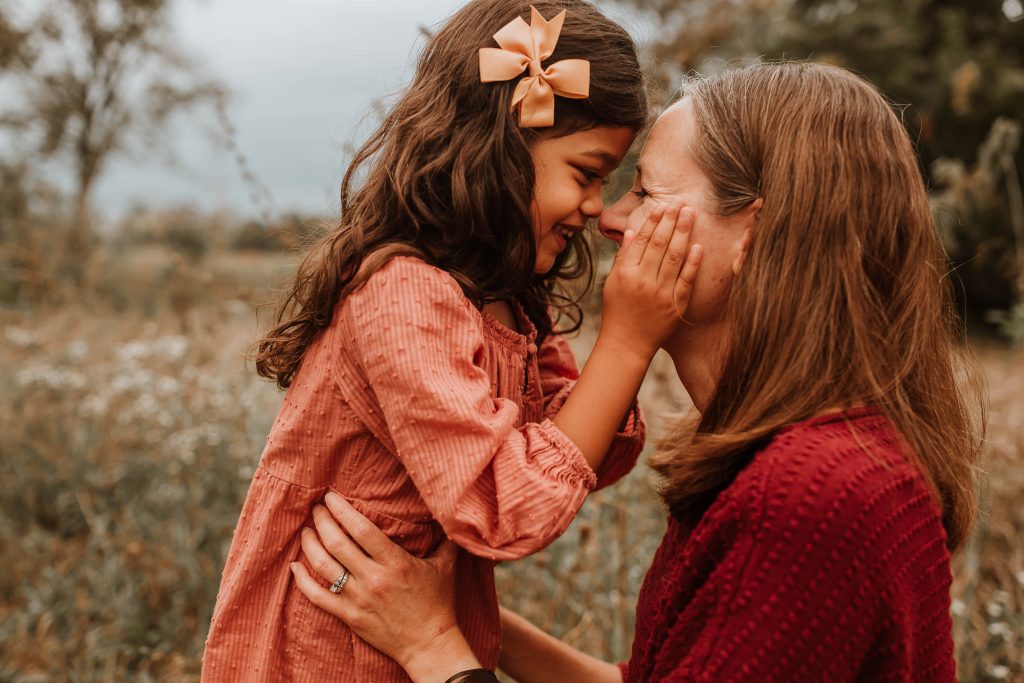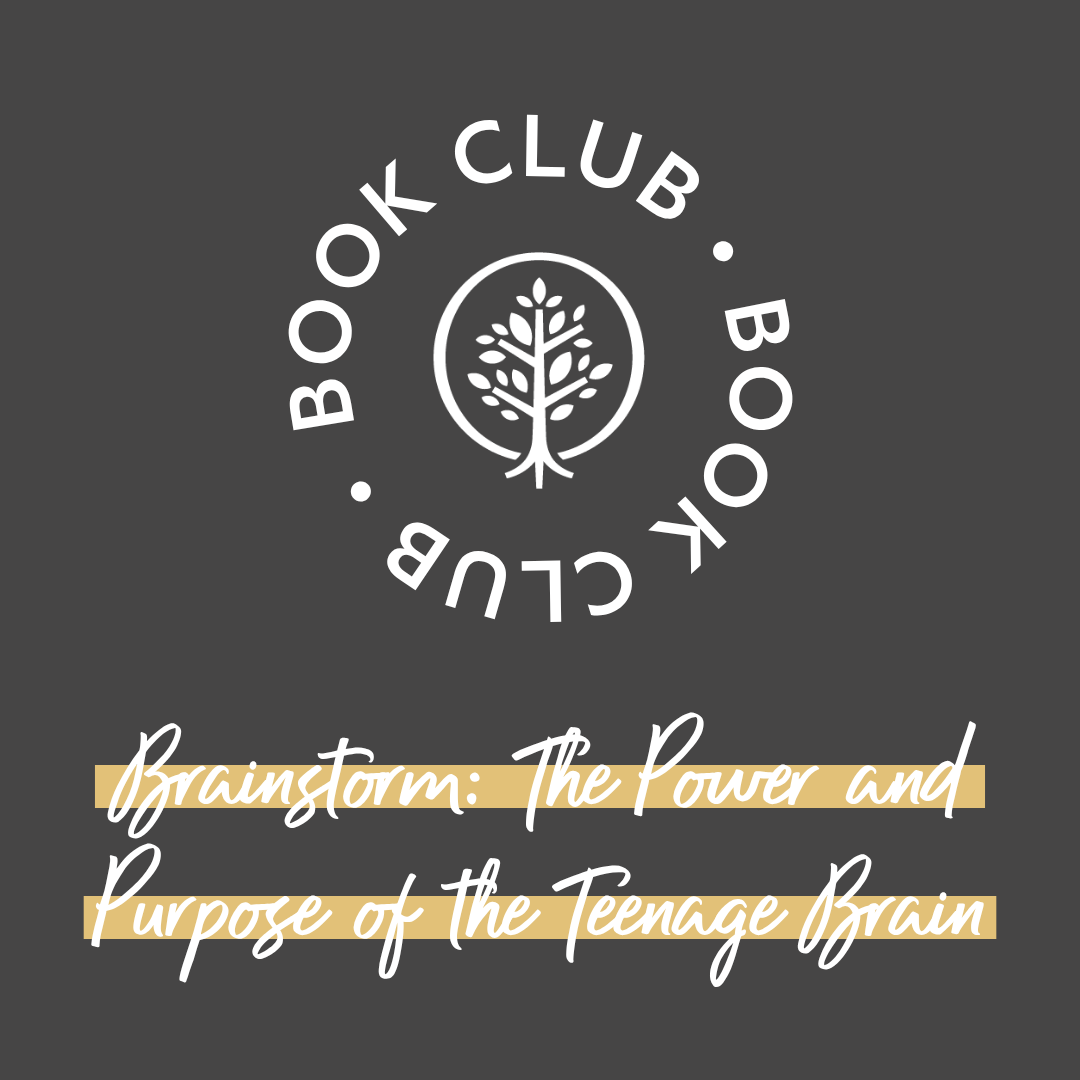Understanding TBRI® Empowering Principles

Trust-Based Relational Intervention® (TBRI®) is a care model designed to help meet relational and developmental needs of children and youth impacted by trauma. TBRI considers the whole child—his or her brain, biology, behavior, body, and beliefs—and provides parents and caregivers with practical tools and insight to help their child(ren) reach his or her highest potential. And, perhaps most integral, TBRI has connection at its core—the truth that connection builds trust, and trust builds healthy relationships.
Developed by Dr. Karyn Purvis and Dr. David Cross of the Karyn Purvis Institute of Child Development (KPICD) at TCU, the TBRI model is built upon three guiding principles:
– Connecting Principles: Create connections that disarm fear, gain trust, and enhance learning.
– Empowering Principles: Strengthen learning and regulation by meeting a child’s physical and environmental needs.
– Correcting Principles: Shape beliefs and behaviors effectively, so children feel safe, protected, and empowered.
The goal of Empowering Principles is to prepare bodies and brains for success by meeting environmental and physical needs of children and youth.
One of the most important outcomes of Empowering Principles is to teach the capacity for regulation. These skills can be taught through modeling; practicing co-regulation; and by using physical exercises, daily routines, and/or nurturing activities. The goal is give children or teens the tools needed to use their brains and bodies to keep their internal states regulated and balanced. This is learned through relationships.
Our own personal experiences and history will influence how we perceive a new experience. The brain develops in sequence and will heal in sequence. A child’s ability to access any part of his or her brain that is not fully developed due to age or traumatic influence will be impaired.
The following are practical questions, tips, and activities to help you reflect, remember, and act as you work to engage and build connection with your child and/or teen.
Questions & Reflections
– Think of a time when you were safe, but you didn’t feel that way. Consider situations in which your child may not feel safe. How does he or she respond to fear?
– Describe a time when you misunderstood a fear-driven response as manipulation, control, or willful disobedience.
– Help your child navigate change by creating predictability. Doing so will encourage felt-safety. Think about the transitions that are most difficult (i.e. bedtime, school drop off, parent leaving for work, etc.). What are some strategies you can use to support your child in transitioning well?
– What are some ways you can modify your environment to support your child’s sensory needs (i.e. lights, smells, noises, sensory-rich or sensory-sensitive environments, etc.)?
Tips & Reminders
– Remember the importance of staying hydrated and eating healthy snacks. Encourage hydration by taking your child to pick out his or her own water bottle, and consider keeping mini water bottles in your car. Provide healthy snacks every two to three hours, and remember to offer protein before bedtime.
– Bedtime is often challenging. To create a calming environment, establish an evening ritual (i.e. bathtime, reading a book, singing a song, and so forth). Also consider how to build connection points and nurture attachment before other challenging transitions with your child. Perhaps you create a “going to work” handshake, or establish a routine of saying a prayer as you arrive at school for drop-off.
Action Points
Get Active
Exercise and physical activity are critical in the life of a child. Running, jumping, free play, sports, and similar activities all work to promote healthy brain development. Begin to incorporate exercise into regular family activities. Go on walks or bike rides together. Consider weekend hikes. Find a sport you all can play (i.e. kickball or catch). Or just plan on regular walks around your neighborhood or at a nearby park. The point is to be active and active together to foster greater connection.
Sensory Tubs
Children impacted by early trauma often struggle to manage information coming in through the senses. While some children may be sensory-avoiding, others are sensory-seeking. For children who are sensory-seeking, sensory bins can be a great resource for tactile stimulation and encouraging creative play. Fill a plastic bin with uncooked rice or beans along with small toys like cars, trucks, or small plastic animal figures. For older children, consider making playdough together (find recipes online), and then let the creative fun begin.
At Show Hope, we are committed to supporting families on their journeys, and part of that includes our annual Hope for the Journey Conference, where TBRI and its principles are further unpacked. And for us at Show Hope, TBRI is, in many ways, our faith in action—an expression of how God our Father loves us through connecting, empowering, and correcting. The 2024 conference will be available for viewing on Friday, April 5, through June 30. With viewing options for both churches and organizations as well as individuals and households, the conference resources and encourages parents, caregivers, and families meeting the needs of children entrusted to them, and twofold, the conference also serves churches and organizations in their ministries and support of children and families.
This is the third in a series of five blog posts. Also check out:
An Introduction to Trust-Based Relational Intervention® (TBRI®)
Understanding TBRI® Connecting Principles
Understanding TBRI® Correcting Principles
Understanding The Gospel and TBRI®




